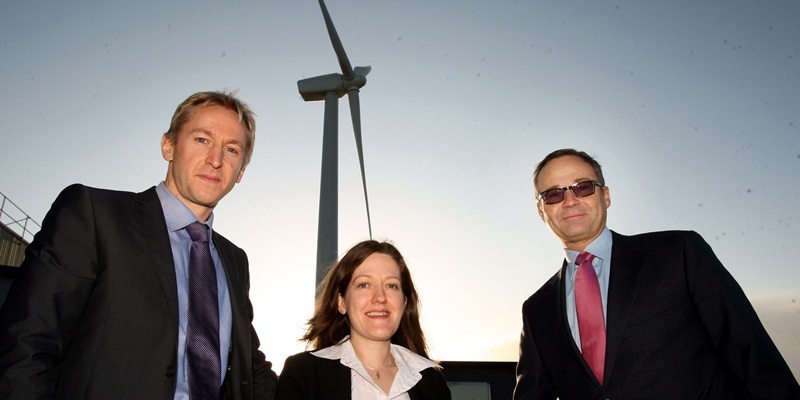The UK must invest in training if it wants to become a world leader in the offshore wind industry, a businessman has warned.
Dundee has been touted as a likely beneficiary of the planned £100 billion investment in developing offshore wind industry.
At the start of Renewable UK’s Offshore Wind conference in Liverpool, delegates were told the sector could be worth as much as North Sea oil and gas in as little as five years.
But John Sinclair, managing director of Aberdeen-based Subocean, warned that training and investment must begin now.
“We need to invest in the talent of the future,” he said.
“There’s going to be a huge skills shortage and the government needs to take action now by encouraging universities and colleges to start apprenticeships, and have courses in engineering with a renewables focus.
“We need to introduce young people in secondary schools and graduates at universities into the renewables market, and sell the career prospects and opportunities that the UK and global market has.
“This is an emerging industry which could be as big as the existing oil and gas industry in years to come, especially from 2015 and beyond.”
Mr Sinclair said immediate investment in the industry is needed to ensure the UK takes full advantage of its potential.
“We must act urgently and invest heavily in vessels and assets, talent and time, if we are to equip the offshore wind industry for the future growth opportunities within the market, both in the UK and Europe in the next 10 years,” he said.
“UK Government bodies must get a proper perspective of their priorities to ensure the UK is both prepared and equipped for future developments of the offshore wind renewables sector especially given that more than 75% of current offshore construction work in the UK is being done by European contracting companies.
“Will these European companies be available when their own country’s markets open up and start gathering pace in offshore renewables?”
He added, “The renewables industry has the very real potential of a boom era which could drive the country back on the road to economic recovery that is if we can manufacture the parts required, keep the construction work in the UK, use UK ports, and service the sector with operations and maintenance in the UK.”
Mr Sinclair said the renewable sector has to learn from the oil and gas industry in the North Sea.
“Let’s stop reinventing the wheel and collectively develop our own offshore wind renewables industry infrastructure,” he said.
“We need to consolidate our expertise, resources and collaborate like the oil and gas industry eventually did and is still doing.”
